Voyager Austin Interview
- Jeff WIlson

- Oct 9, 2023
- 6 min read
Updated: Oct 12, 2023
I was recently invited to be interviewed by Voyager Austin. I don't know why. But here's the story they asked for to prime the final article👇. Enjoy, frens.
Listen to this interview with an AI generated clone of my voice (fun little experiment).

Your Story
Can you briefly walk us through your story – how you started and how you got to where you are today.
I graduated from Syracuse University in ‘95 with a Bachelor of Fine Arts degree in Sculpture. Being the mid 90's with the internet just spinning up, and as a guy who always said, "I just love to make things", I was immediately swept up into the tech world. Nobody knew what could be done or how the internet would revolutionize everything but one thing was true, opportunities were infinite and everywhere.
I've spent the last 27 years in IT and have always gravitated toward innovation and companies trying to significantly disrupt - from massive companies like IBM to design agencies like fro design to Whole Foods Market spinning up their first mobile experience to a number of startups.

All the while, my art was evolving on the side. In the early 2000's, I began to weave my engineering side with my artistic side wanting to blend the right and left brain, analytical and creative. My work has been 100% digital since around 2009. At the same time, I always loved the physical side of fine art. Something on my wall or a shelf - not just a JPEG in a folder on my computer.
My style was not obviously digital like one might immediately visualize. The were styled like old school woodblock prints though created completely on the computer. I included QR codes fashioned like old-work, Asian signature stamps, again to blend old and new. These codes linked to online information about the piece, the edition, the theme, and other provenance information. It was a start at thinking about how to link the analog with the digital, the art with the tech and the experience that went along with that journey.

In time, my QR codes were no match for Non-Fungible Tokens (NFTs) and the blockchain that came to revolutionize the fine art way of thinking (and with that replace all the provenance benefits I attempted). Honestly, however, I was happy to let that go to a tool better suited for the job. More-so, after 10+ years of basically the same way of approaching my art, I was blown away at all the various "digital art" styles coming to light. From AI to generative art and glitch, and so many others, I wanted to incorporate all of those into my work.
For a while, I was hesitant to walk away from the style that was so close to my heart and what my brand was centered on - the "woodblock print". I realized that I did not have to abandon it if I just backed up a little. My work did not need to be about the woodblocks, specifically, but rather the "printmaking". Printmaking has been a fixture of the art world from the very earliest days and has evolved though innovation countless times, staying relevant, blending both the physical and creative, engineering and the aesthetic. There is no better agent of my art than the printmaking process which captures the technical and the creative but also allows me to expand and pivot from one style to the next (woodblocks to engravings to intaglio to risographs, and so on). It allows me to blend from a variety of sources that inspire me and gives me a license to experiment, explore, and adapt while still staying true to my north star.
I consider myself a Mixed Digital Media artist. Much like a traditional Mixed Media artist who blends physical components, I blend technical tools and approaches to leverage all the best modern artmaking can take advantage of. My work now has a complex workflow starting in AI, leveraging custom generative art to apply textures from a program I wrote, to custom filters, glitch, and finally ample hand-work drawing and painting on top just to ensure my human fingerprint is left on the work.
This "diversity of tools" idea is a subtle representation of my true vision - diversity. Not meant directly in the traditional or typical sense, the diversity I want to promote is more general and high level. Throughout history, true innovation, creativity, and the pleasantly unexpected come from people, cultures, and ideas of differing perspectives and backgrounds working or living together collaboratively and with optimism.
My work is not focused on the political or the cultural per se, but rather on the simple, unambiguous idea of collaboration with the purpose of creating something new and meaningful.
To drive this underlying vision, I intentionally layer an approach to my visual subject matter on top of the non-obvious tool-stack. I borrow from annals for fine art history and incorporate contemporary subjects and compositions. Themes and concepts are old but people and situations are modern. There is an ever-present texture of old-school printmaking techniques but then splattered with graffiti. In addition, what I am hoping for is to help smooth over some of the current criticism and skepticism of digital art and reinforce that, at our core, we are trying to represent timeless themes, respect best practices and traditions, and, at the same time, honor and portray the world as it is today. Digital art is simply the latest phase of a long lineage of fine art evolution, only one where humans and the machine may collaborate.
Obstacles and Challenges
Has it been a smooth road? If not, what were some of the struggles along the way?
Like many artists, my earliest challenges were hardly unique - finding my style, making a name for myself, and, the elephant in the room, walking away from a day job - particularly a well-paid tech job - to focus on my passions.
For years, this "day job" kept me from really investing the time and focus one needs to develop.
Years later, I got involved with NFTs which seemed like the first time digital artists were given a platform to shine but has since faded.
Most recently, while AI has become a component of my work that excites me, it also enables many to blast out work that looks great but may not be as thought-provoking and meaningful as what many consider fine art. I am all for market-driven dynamics and am happy for those who can make a living producing products that resonate with an audience but it does present a challenge competing in a much more packet market.
Your Work
What do you do, what do you specialize in, what are you known for, etc. What are you most proud of? What sets you apart from others?

I consider myself a Mixed Digital Media artist. My background in the arts and engineering taps both the right and left sides of my brain. I get just as excited going down both rabbit holes.
On the technical front, so much is advancing with AI and generative art coding platforms, it's a full-time job keeping up. Finding ways to incorporate and take best advantage of without loosing that human element is a challenge and a thrill.
There is a part of me that loves to mix unrelated things - concepts, tools, approaches - to see what new things surface. I am an explorer at heart, sometimes to a fault less interested in the final product as I am for the journey.
On the creative and visual front, blending the conceptual is as important as with the technical.

What happens when you take Rodin's approach to emotion and sense of space and apply it to a group of Latinas in a bar or a couple having coffee at a carnival? And then, represent it as an engraving but somehow slammed with a sense of urban graffiti art blended with the wild nature of Victorian-era Parisian lithography? This is what gets my juices going.
My work does not easily fit into one camp. One is not likely to look at my work as see the AI. Even more-so, if you know generative art, you would not have any idea that was used here. There are those that do not even realize my work is digital or what part the digital played in the process. I enjoy making things that are new and not easily explained - but can be appreciated.
An artist always likes to have a little bit of magic showing. Something that keeps people wondering and trying to interpret. It's like a magic trick or a good joke. If it is too obvious, it isn't likely thought-provoking.
Essential Qualities
What quality or characteristic do you feel is most important to your success?
What is most important to me is the fact I always seem to see things differently. This is of course a blessing and a curse. For an artist, it is critical. To see what the world sees, understand it just a little bit differently, and to be able to represent that new way of thinking is the source of all great art.
From a tactical level, one might see my background in both engineering and fine art to be a useful combination, particularly considering the work that I produce. But it's hard to say if it is fortunate that I have those skills over some others since I'd likely have found the style and approach that best matched my skills regardless of what they were.
I do feel fortunate however that I did find what matches my skills and passions. Many perhaps never get that opportunity. And that opportunity did not come from anything "I" did but rather from those that encouraged me, gave me quality feedback, and opened up doors.
Again on "collaboration", we only succeed by the grace of others. And for that I am truly grateful.














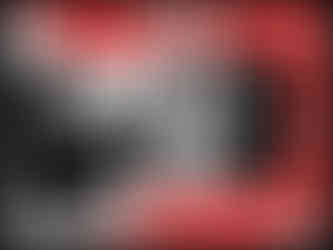



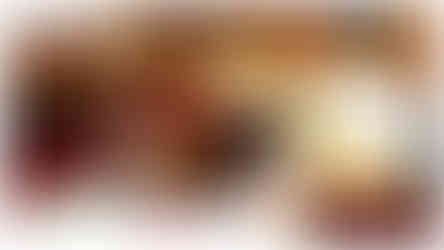





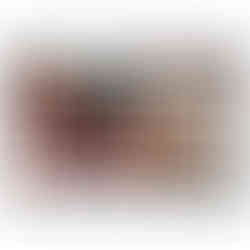

















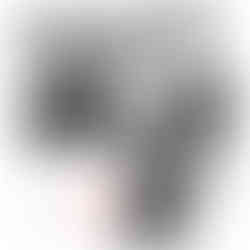

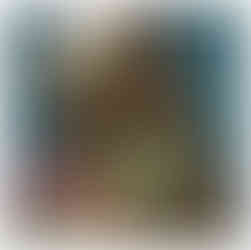





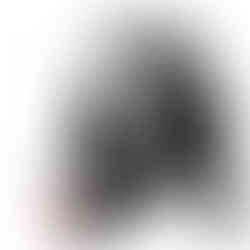




Comments